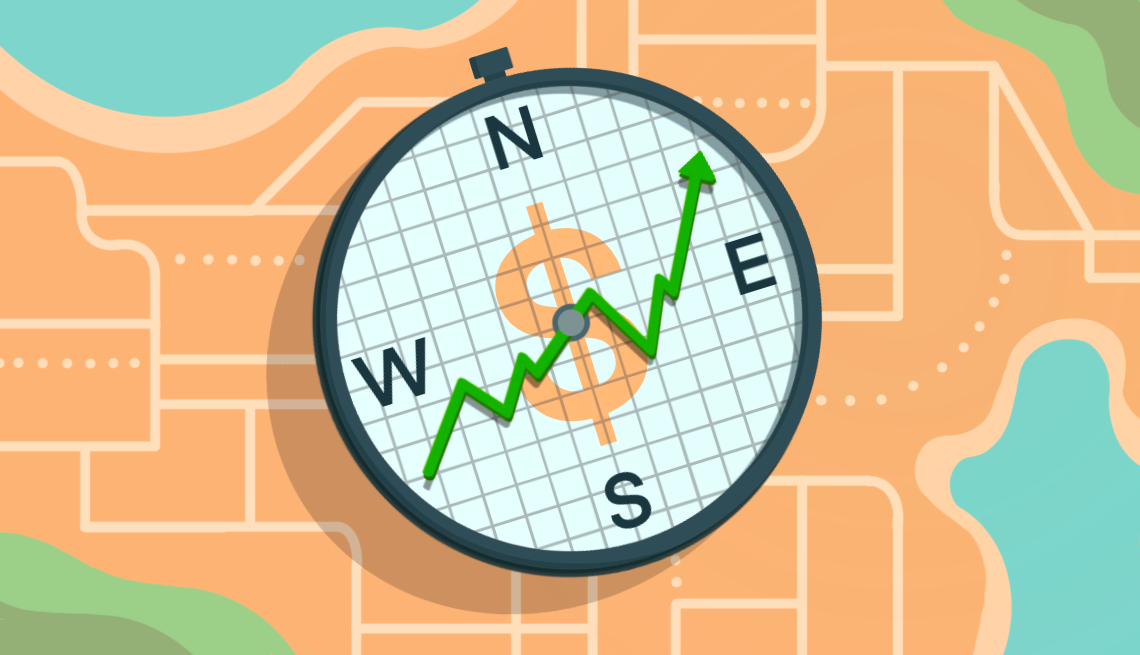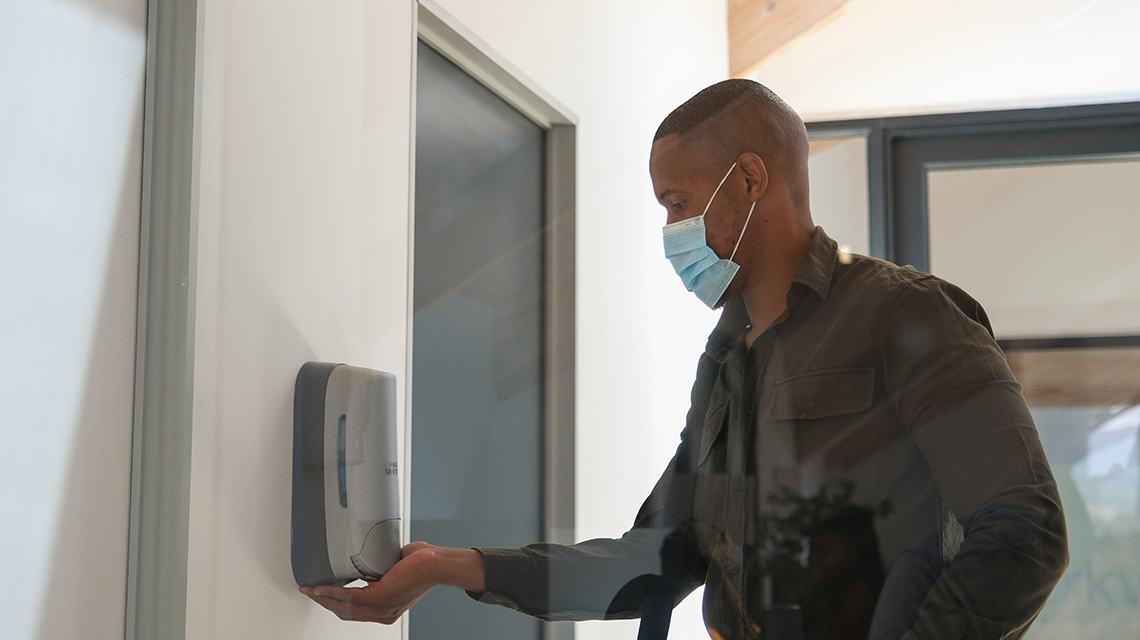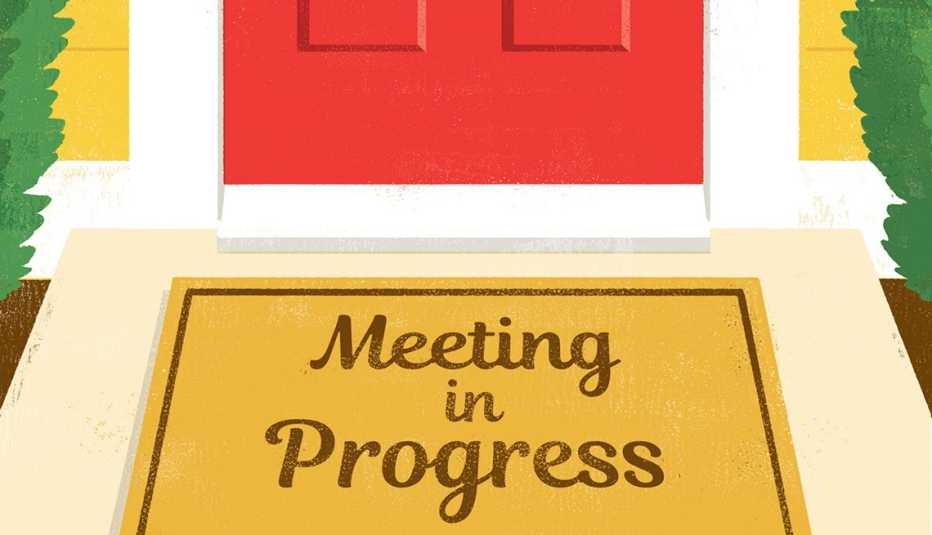Staying Fit
Since mid-March, when the coronavirus outbreak was declared a national emergency, employers across the nation have had to change how they do business. From the new safety practices designed to protect workers and customers of businesses like grocery stores to the work-from-home orders that many employers have mandated, doing your job during the pandemic has been anything but business as usual.
But now that more companies are opening their offices once again, many older workers and people with underlying health conditions — who are more susceptible to severe complications from COVID-19 — are wondering whether it's safe to return. With guidance from the Centers for Disease Control and Prevention (CDC), many companies are starting to implement new practices to prevent the spread of the coronavirus.


AARP Membership— $12 for your first year when you sign up for Automatic Renewal
Get instant access to members-only products and hundreds of discounts, a free second membership, and a subscription to AARP the Magazine.
Workplace safety experts say one key to protecting employees’ health will be open and ongoing communication between workers and their bosses.
"One of the things that I think older workers need to be aware of is that they should not hesitate to ask questions of their employers,” says Lawrence Sloan, CEO of the American Industrial Hygiene Association (AIHA), the organization for professions that focus on occupational health and safety. “If you are returning to work for the first time in months, I think all employees have the right to ask their employers about understanding what the new workplace policies are that are going to be put into place."
CDC guidelines for office buildings
What those policies might look like is starting to come into clearer focus. The CDC recently released new guidance for what office buildings might do to deter the spread of COVID-19 in the workplace. The office recommendations include:
• Temperature and symptom checks when employees arrive at work
• Desks that are at least 6 feet apart or separated by plastic dividers when that's not possible



































































